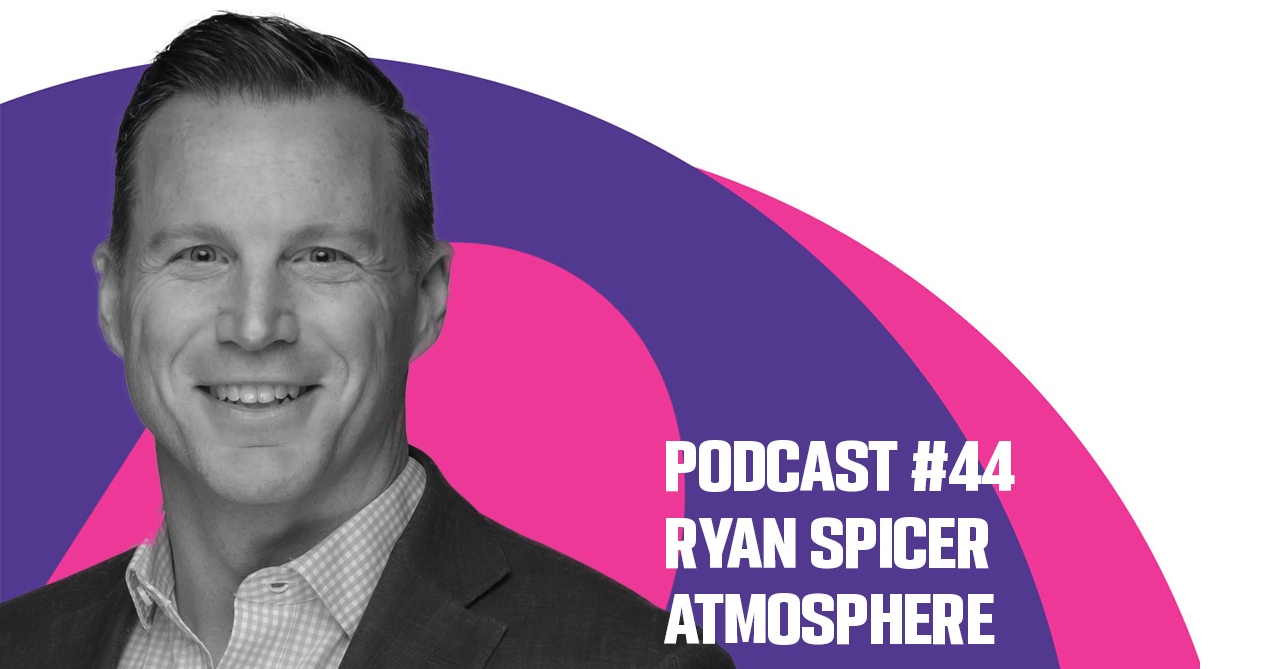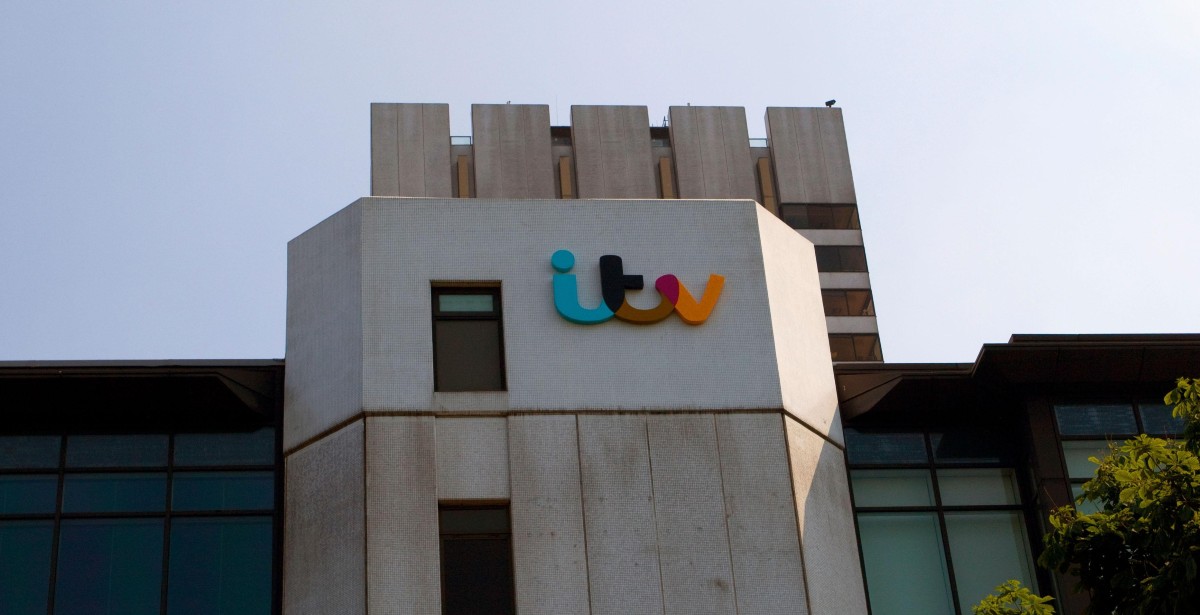The Australian TV market has a reputation for being an early adopter in programmatic TV. Back in 2014, Australian TV network MCN was trialling a rudimentary form of programmatic for linear TV (more automation of the buying process), which at the time represented an early milestone not just in Australia, but globally.
Almost a decade on, one of the market’s leading innovators is Jordan King, Director of Programmatic & Digital Sales at Nine, Australia’s second largest TV network. King is in London along with Nicole Scaglione, PubMatic’s Global VP for CTV/OTT.
King, the epitome of an affable Australian, speaks about ad tech, data and monetisation strategies with a contagious enthusiasm, which is particularly welcome on a wet and gloomy December afternoon in London.
When King first joined Nine, the company worked with a single stack and only ten percent of revenue came from programmatic sources. Now, programmatic typically accounts for the majority of digital revenue, with occasional exceptions for major events such as the Australian Open where the trend reverses and the programmatic portion makes way for meaty sponsorship-related insertion orders (IOs).
When asked if they have struggled with maintaining pricing or the commodification of their inventory, King says they haven’t. “It’s like anything really. You don’t go to a butcher and expect fillet steak to be the same price as sausages, right? And if they were priced identically, you’d probably start to question what you’re getting. I think it’s quite obvious to buyers that inventory presenting itself as a fillet steak for the price of sausages is probably made of chihuahua meat. So we can still retain our premium.”
Light Touch Programmatic in the UK
King seems mildly perplexed by the state of play in the UK TV market. “I think the British broadcasters are lagging a bit from a programmatic perspective. Based on the conversations I’ve been having with people in the UK, it doesn’t seem to be an understanding thing. It might be a combination of how they cut their deals with the agency consortiums and they have a more conservative approach to monetisation. Some found it hard to believe that as a market we go into a month with the majority of our digital revenue to write and that’s not stressful. I mean it is, but it’s normal for the Australian broadcasters.”
He continued, “The opportunity in the UK and Europe is enormous for programmatic TV. Having chatted to three of the broadcasters and three major buyers it seemed as though they are about 18 months of experimentation away from really unlocking programmatic’s potential like the Australian market. Their main issue is that they perceive themselves as ‘sold out’ but that’s really the trading models. The rise of the FAST channels will mean that they’ll need to break out some inventory to monetise differently which will give them the opportunity to improve monetisation efficiency via non-guaranteed and revenue will flow from there. In my opinion that will also mean they will move away from the single SSP models they broadly have now, which I found very hard to get my head around!”
Breaking Down the Walls
PubMatic’s Scaglione agrees, and whilst she sympathises with broadcaster efforts to adopt programmatic trading, she doesn’t feel they’re exploiting its full potential. “I think it’s worth noting that buyers generally prefer a more unified and seamless access point for omnichannel buying. Thus, achieving the optimal equilibrium between innovation and accessibility is essential in meeting buyer preferences.”
However, Scaglione does note that programmatic isn’t a silver bullet and that programmatic for programmatic’s sake isn’t optimal either. “Unlocking programmatic demand for non-BVOD streamers in Europe has proven to be a bit of a challenge. The absence of standardised signals across all publishers and the complexities introduced by GDPR further complicate their ability to scale. However, I think that improved signal consistency might redirect additional spending, fostering increased competition in the market,” she says.
The Goldilocks Zone
So why has Australia been something of a ‘Goldilocks zone’, where programmatic TV has been able to thrive? King says the market is big enough to be both meaningful and competitive, but small enough to be agile and outward looking. The Australian ‘Total TV’ advertising market – which includes BVOD – was worth $4.1 billion for the year to December 2022, according to TV trade body Think TV.
King says there’s no room for complacency. “There’s a lot of healthy competition between us as publishers and broadcasters. We like to beat each other, we’d like to be quick. So, there’s that little bit of jostling and checking each other out, we’re all looking over our shoulders, wondering what they’re doing over there? What was that announcement about addressability? All right, we’ve got to do something interesting. So, we egg one another on in a very healthy way.”
Additionally, King says that Australia has a healthy domestic ad tech industry which helps for bouncing around market-specific ideas. Being a wealthy market, Australia also enjoys close attention from the US, so it’s possible to get feedback on ideas that may already have been trialled there. And advertisers and agencies have been exceptionally proactive in pushing for what they want from sellers, which has helped drive innovation forward.
VOZ Up (and Running)
Another major contributing factor to the Australian’s TV advertising’s success has been alignment on measurement, particularly via Virtual Australia or ‘VOZ’, a product developed by OzTAM, the Australian measurement joint industry committee (JIC). In 2024 ‘VOZ Streaming’ will fully integrate linear and BVOD measurement for both content and ads (regardless of whether the ads are sold directly or programmatically).
King says he’s expecting VOZ Streaming to enable broadcasters to capture incremental revenue, particularly as online advertisers and publishers struggle with the cookie deprecation in 2024.
“When you start to look at the scale of something like this [VOZ Streaming], you are now talking about total television being the biggest scale product in Australia. It’s not a social media app. It’s not a user generated video environment like YouTube or TikTok with a poor user experience. It’s high grade, professionally produced content that has to pass standards and guidelines. When you combine all of those core things that have made television so powerful, like scale with the sophistication of digital, that’s a really compelling argument for brands to invest their money with us, and it [VOZ Streaming] is a truly unique product in the market. You’re going to reach a lot of people, you’re going to be able to frequency cap across TV and digital,” he says.
King adds, “There will be a UK version of VOZ Streaming sooner than later. The amount of IP targeted viewing actually means that they are technically in a better position to roll out VOZ Streaming than Australia is in a lot of ways. The lack of sophisticated programmatic monetisation obviously means that the previous statement isn’t valid but once the UK works out programmatic a bit deeper a similar product to VOZ streaming will come through very quickly. Broadcasters seemed warm to the idea of deeper collaboration, but many have said that as things stand, the regulatory environment makes it difficult.”






